After several days of intense heat and humidity, successive thunderstorms cleared the humidity, at least temporarily. We could see the rain coming down in sheets in the distance on June 27.


Despite the heat, we decided to visit Sifton Bog during the hottest days on June 22nd.
Sifton Bog is another of the Environmentally Significant Areas (ESAs) managed by the Upper Thames River Conservation Authority (UTRCA) within the city of London. The bog evolved from a kettle lake that formed about 13,000 years ago as the glaciers retreated. The large blocks of ice that were left behind melted to form an isolated lake.
According to the UTRCA, “sedges, mosses, and other plants gradually colonized the margins of the lake. Due to the lake’s cool, oxygen-poor conditions, when dead plants sank to the bottom, they did not break down fully, but became compressed as peat as layer upon layer built up. In time, the accumulating peat formed a semi-floating mat that crept from the outer edges of the bog towards the open water at the centre. As the mat became consolidated, Sphagnum mosses, heath plants, and spruce trees grew on the drier hummocks.”
Redmond’s Pond at the centre of the bog as it appears today.


Sphagnum moss and other plants that form the bog


In the morning, before the sweltering heat was too intense, we headed to Sifton Bog with a visiting friend. Our theory was that we would have the shade of the Red and Silver Maples, White Pine and White Birch as we walked the boardwalk through the swamp surrounding the bog. We thought we would spend a very little time exposed to the sun on the deck overlooking the pond.
The trees along the boardwalk transition to Black Spruce and Tamarack at the bog’s outer edges. Leatherleaf, Small Cranberry, and Highbush Blueberry bushes also grow in this area.


Our theory was quickly upended when we encountered two young children and their father, a girl of about six and a boy not more than four years old, both toting cameras. They were interested in everything they saw and quick to point out tadpoles, turtles and frogs lurking in the water. The dad admitted that they were new to exploring nature and seemed happy to learn about the Seek app, the simpler version of iNaturalist for identifying any living thing from a photo.
In the water: Green Frog, American Bullfrog tadpoles, Midland Painted Turtle





Dragonflies and damselflies hovered over the water. Dragonflies tend to be larger and bulkier than damselfies and rest with their wings spread out. Damselflies are smaller and slender and rest with their wings folded along their backs.
Dot-tailed Whiteface dragonfly


Amber-winged Spreadwing and Eastern Forktail damselflies. The Eastern Forktail was depositing eggs in the water. Nymphs will hatch from the eggs and spend one to three years in the water before emerging in adult form.



We were particularly happy to find Bog Copper butterflies in flight. These butterflies exist only in acid bogs with cranberry plants. Adults nectar almost exclusively on this host plant. After mating, females lay their eggs on the underside of cranberry leaves near the water. The eggs overwinter with the larvae fully developed inside. Larvae emerge to feed on cranberry leaves before forming a chrysalis. The pupation period is brief so that adults can emerge at the time the cranberry plants bloom in June.
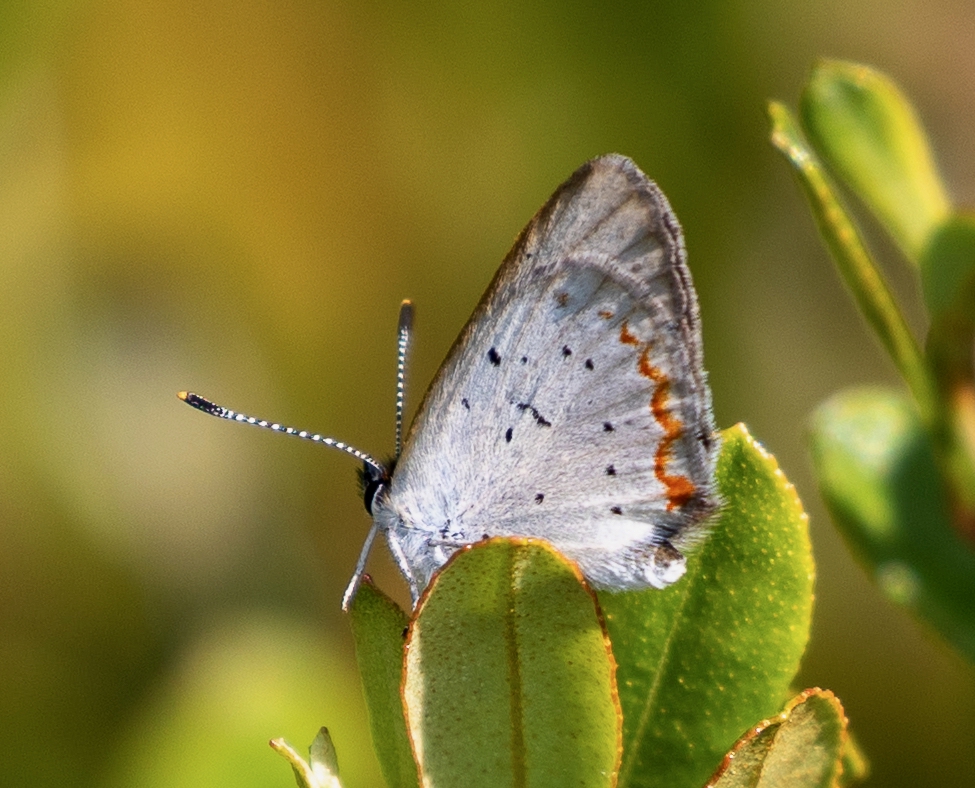
Our only other butterfly sighting was this Least Skipper.
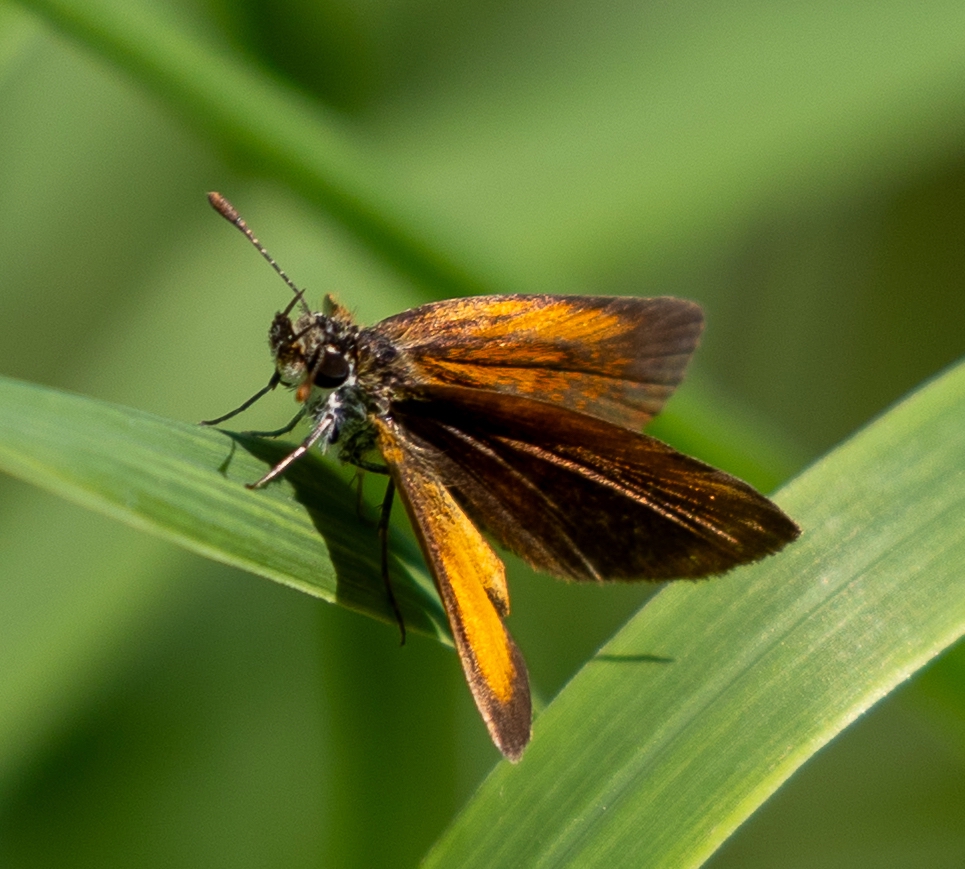
Birds were few, but we were delighted to hear a Wood Thrush calling near the trail head. We might have caught a glimpse of it near a distant fallen log in the woods. At the pond, this Song Sparrow lived up to its name.


The pond and the bog hosts plantlife adapted to the habitat.
Watershield covers part of the pond.


Two tiny orchids bloom at this time of year.
Grasspinks


Rose Pogonia


A variety of sedges and rushes and fungi grow in the dampness of the bog.








Ferns grow in the wet soil of the bog and woodland.




Insect sightings along the way:
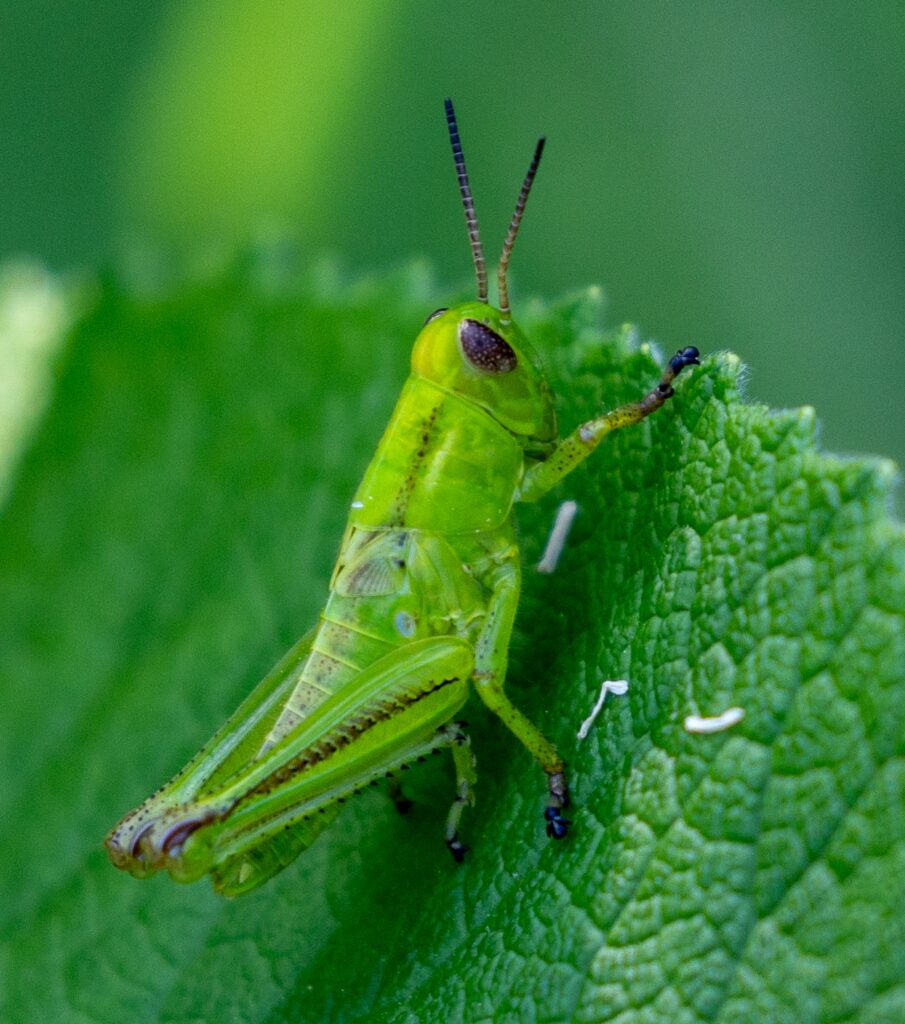

There was so much to see that we ended up staying much longer than expected…
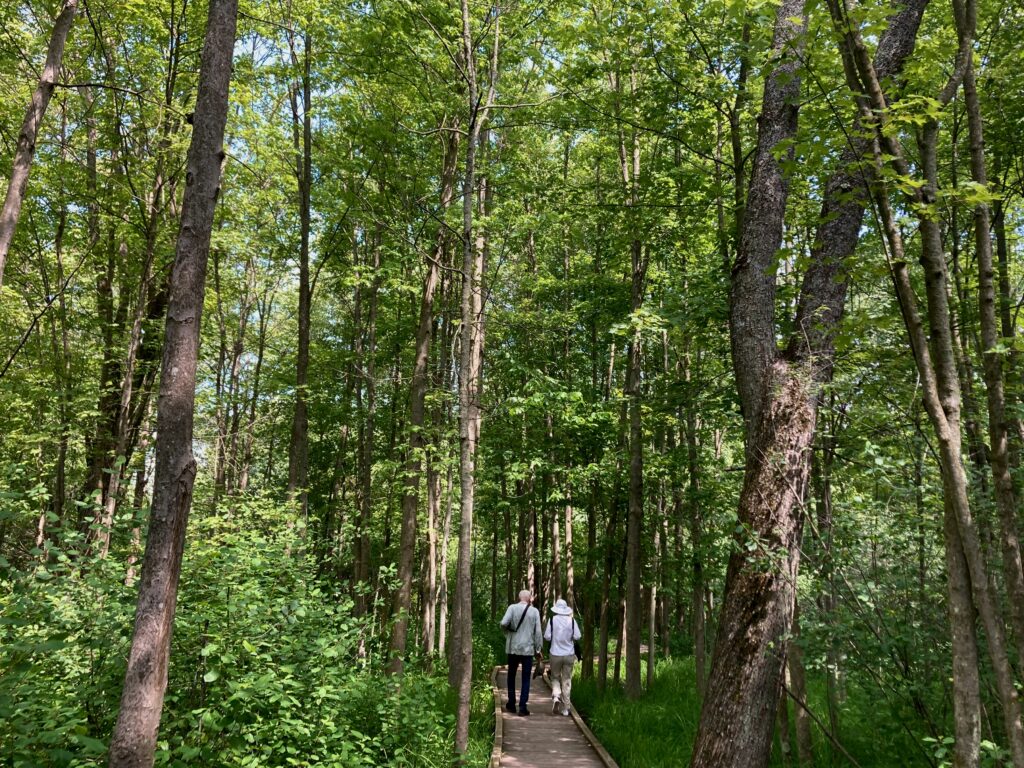
Osprey News
Our Osprey pair continue to spend time together on the nest or the neighbouring light tower. Fish are shared on the nest or tower. Ospreys that venture into their space are quickly chased away.
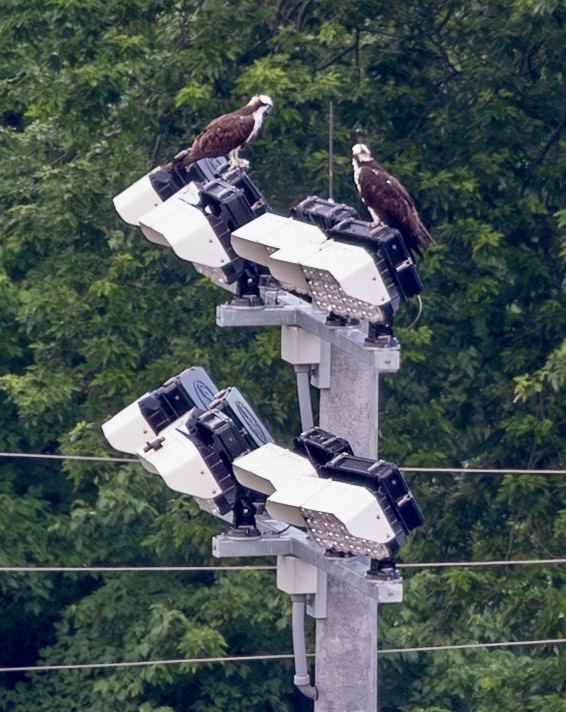
Flowers from Wandering Bee


A Musical Detour
Bluegrass is not for everyone. It took me years to start loving it.
Most of the time around 1970, I was listening to CHUM-FM (what would be called classic rock today). But there were whispers of country music reaching me. The songs on this playlist will be with me forever. We first heard “Fox on the Run” sung by The Good Brothers, a Canadian hippy bluegrass band. “Will The Circle Be Unbroken” is so monumental, it appears twice.
The 1972 album, Will The Circle Be Unbroken by The Nitty Gritty Dirt Band was a huge success. The band of young musicians collaborated with many famous bluegrass and country-and-western players, including Roy Acuff, “Mother” Maybelle Carter, Doc Watson, Earl Scruggs, Randy Scruggs, Merle Travis, Pete “Oswald” Kirby, Norman Blake, Jimmy Martin, and others, to produce the album of traditional country songs. Some of the songs appeared in the soundtrack for Oh Brother, Where Art Thou?
